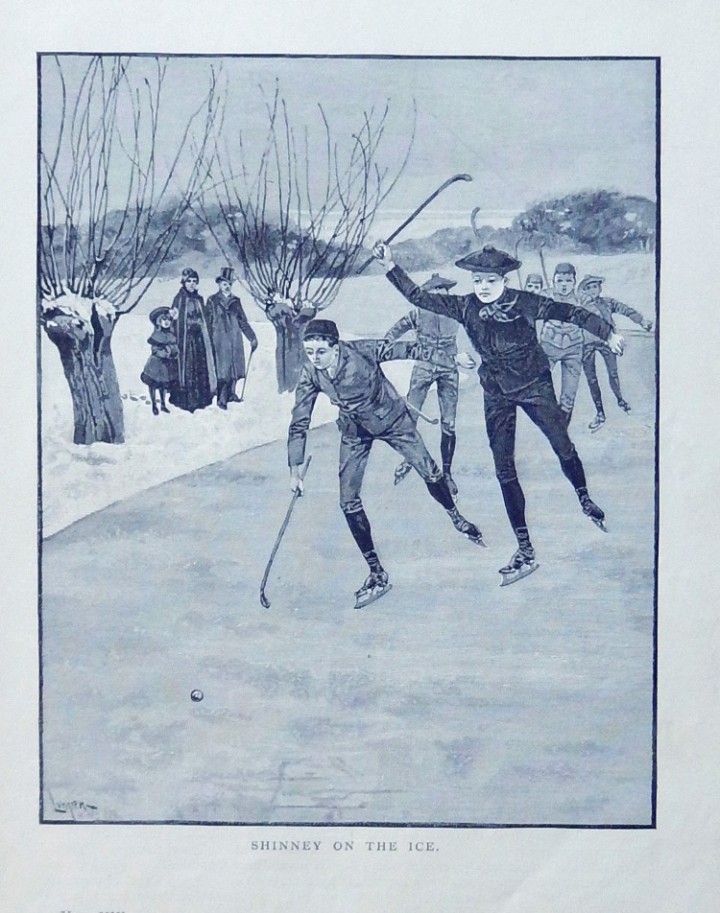Killion
Registered User
- Feb 19, 2010
- 36,763
- 3,215
Beautiful neighbourhood, you're lucky to have grown up there.
"Windfields", some of that area (east of Bayview) was called. Was that the farm's name?
Indeed it was, along with the main farm out near Oshawa Ontario & another down in Maryland. The area was developed in the 60's & 70's, with a school named after the Taylors horse farm that had been there called Windfields Jr. High which is north of York Mills Road & west of Leslie.... and theres also Windfield Park which is on the SE corner of York Mills & Bayview (from where York Mills Arena sits) that runs down to Post Road.













